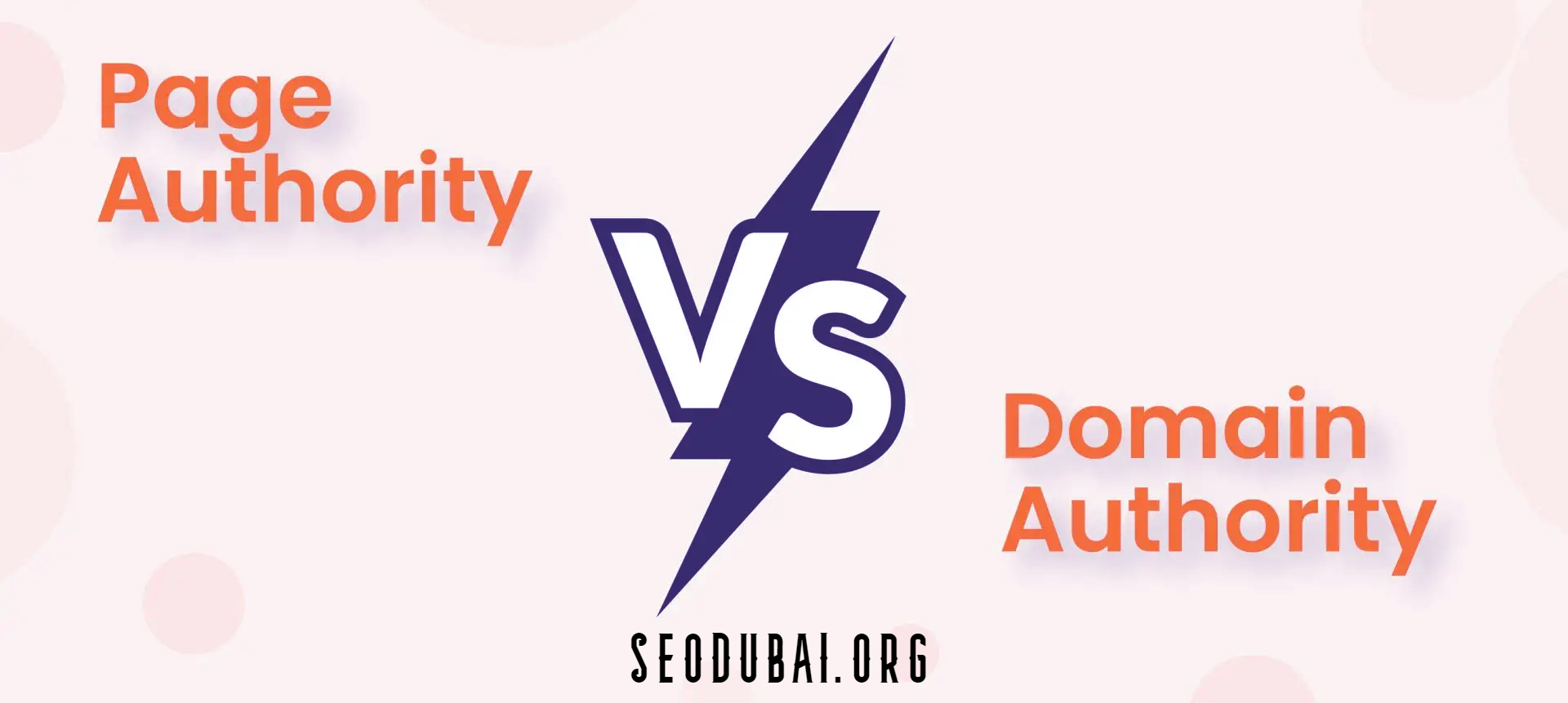Whois Domain Lookup
Whois Domain Lookup Explained: A Complete Overview
In today’s digital age, domain names are essential to the online landscape, acting as the address where websites are found. Whether you're starting a new business, launching a personal blog, or managing an online portfolio, choosing the right domain name is a crucial step. However, with millions of domains already registered, understanding who owns what domain becomes important for a variety of reasons. This is where Whois domain lookup comes into play.

What is Whois?
Whois is a query and response protocol that stores and delivers information about the ownership and registration of domain names. It acts like a directory, providing critical details about who owns a particular domain, when it was registered, when it expires, and more. The term "Whois" is derived from the query “Who is responsible for a domain or an IP address?”
Originally developed in the early days of the internet, Whois has evolved over the years to accommodate a vast and growing database of domain names. It is managed by the Internet Corporation for Assigned Names and Numbers (ICANN), which oversees the global domain name system.
How Does Whois Work?
When a domain name is registered, the registrar collects certain information about the registrant (the person or entity registering the domain). This information is then stored in a publicly accessible database. When you perform a Whois lookup, you're querying this database to retrieve the stored information about a domain name.
A typical Whois query will return the following information:
- Registrant Name and Contact Information: This includes the name, address, phone number, and email of the domain owner.
- Registrar Information: The name and contact details of the registrar that registered the domain.
- Registration Dates: The date the domain was registered, the date it was last updated, and its expiration date.
- Nameservers: These are the servers that host the domain's DNS records.
- Domain Status: Information about the current status of the domain, such as whether it’s active, on hold, or expired.
Why is Whois Important?
Whois serves several crucial functions in the online ecosystem:
-
Transparency and Accountability: By providing publicly accessible information about who owns a domain, Whois helps maintain transparency and accountability on the internet. This can deter malicious activity by making it easier to identify and contact domain owners.
-
Domain Management: For domain owners, Whois can be a valuable tool for managing domain portfolios. By regularly checking Whois records, domain owners can ensure their information is up-to-date and that their domains are not about to expire.
-
Intellectual Property Protection: Businesses and individuals can use Whois to protect their intellectual property rights. By monitoring Whois records, they can detect unauthorized registrations of domain names that infringe on their trademarks.
-
Cybersecurity: Cybersecurity professionals often use Whois data to investigate and mitigate security threats. By analyzing Whois records, they can identify patterns of malicious activity and take appropriate action.
-
Research and Analysis: Researchers and analysts use Whois data to study internet trends, such as the growth of domain registrations in different regions or industries.
How to Perform a Whois Lookup
Performing a Whois lookup is a straightforward process. Numerous online tools and services offer free Whois lookup capabilities. Here’s a step-by-step guide on how to conduct a Whois search:
-
Choose a Whois Lookup Tool: There are many websites that offer Whois lookup services. Some popular options include Whois.net, ICANN Lookup, and Whois.com.
-
Enter the Domain Name: In the search bar of your chosen Whois tool, enter the domain name you want to investigate.
-
Review the Results: The tool will query the Whois database and return the relevant information about the domain. This will typically include the registrant’s contact information, registration dates, registrar information, nameservers, and domain status.
-
Analyze the Information: Use the information provided to assess the domain’s ownership and status. If you’re conducting the lookup for research or cybersecurity purposes, look for patterns or anomalies that may warrant further investigation.
Understanding Whois Data: Key Terms and Concepts
When reviewing Whois data, it’s important to understand some key terms and concepts:
-
Registrant: The person or entity that owns the domain. This could be an individual, a company, or an organization.
-
Registrar: The company responsible for registering the domain on behalf of the registrant. Examples of registrars include GoDaddy, Namecheap, and Network Solutions.
-
Nameservers: Servers that store the DNS records for the domain. These records translate the domain name into an IP address, allowing browsers to locate and load the website.
-
Domain Status Codes: These codes indicate the current status of the domain. Some common status codes include:
- Active: The domain is currently active and operational.
- On Hold: The domain is temporarily inactive, often due to non-payment or legal disputes.
- Expired: The domain’s registration has lapsed, making it available for re-registration by others.
Privacy Concerns and Whois
While Whois is a valuable tool for transparency and accountability, it also raises privacy concerns. The public accessibility of Whois data means that anyone can view a domain owner’s personal information. This has led to issues such as spam, harassment, and identity theft.
To address these concerns, domain registrars offer privacy protection services, also known as Whois privacy or domain privacy. When a registrant opts for privacy protection, the registrar’s contact information is displayed in the Whois record instead of the registrant’s personal details. This helps protect the registrant’s privacy while still maintaining the integrity of the Whois system.
The Future of Whois
The landscape of Whois is evolving in response to changing privacy regulations and technological advancements. One significant development is the implementation of the General Data Protection Regulation (GDPR) in the European Union. The GDPR restricts the amount of personal data that can be publicly displayed in Whois records, impacting how Whois data is accessed and used globally.
In response to GDPR and other privacy laws, ICANN is working on developing a new system called the Registration Data Access Protocol (RDAP). RDAP aims to provide a more flexible and secure way to access domain registration data while complying with privacy regulations. Unlike the traditional Whois protocol, RDAP allows for more granular control over who can access specific data elements and under what conditions.
How to Use Whois Responsibly
As with any tool, it's important to use Whois responsibly and ethically. Here are some best practices for using Whois data:
-
Respect Privacy: Be mindful of privacy concerns and avoid using Whois data for unsolicited marketing or other intrusive activities.
-
Verify Information: Whois data may not always be accurate or up-to-date. Verify the information through additional sources before taking any action based on Whois data.
-
Use Data for Legitimate Purposes: Use Whois data only for legitimate purposes, such as cybersecurity research, intellectual property protection, or domain management.
-
Comply with Regulations: Be aware of and comply with any legal regulations governing the use of Whois data in your jurisdiction.
Conclusion
Whois domain lookup is a vital tool for navigating the complex world of domain names. By providing transparency, accountability, and valuable insights, Whois plays a crucial role in managing the online landscape. Whether you’re a business owner, a cybersecurity professional, or an internet researcher, understanding how to use Whois effectively can help you make informed decisions and protect your interests in the digital world.
As technology and regulations continue to evolve, the Whois system will likely undergo further changes to balance transparency and privacy in the ever-growing domain name ecosystem. Staying informed about these developments will ensure that you continue to use Whois data responsibly and effectively in the future.









